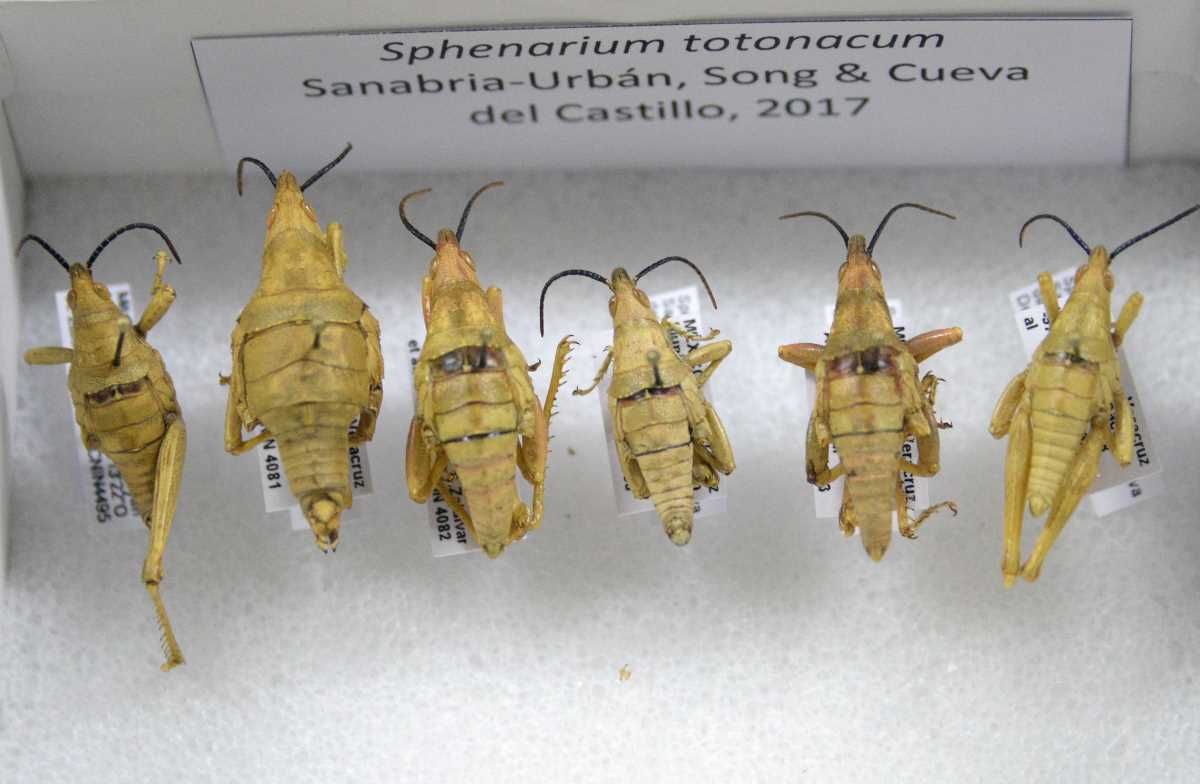How UNAM Finds Insects We Never Knew Existed
In Mexico, the Institute of Biology (IB) of UNAM has described almost 500 new species in four years, significantly enriching global biodiversity knowledge. With advances in technology like DNA sequencing, the process of species recognition is accelerating.

In the heart of Mexico, the Institute of Biology (IB) of UNAM is making strides in understanding and cataloging our planet's vast biodiversity. Over the last four years, they have astonishingly described almost 500 new species. These findings are not just academic exercises; they are crucial steps towards conservation, understanding our natural resources, and for the enrichment of national inventories.
Breakdown of the New Discoveries
Out of the new species, a whopping 384 belong to the kingdom Animalia. Plants follow with 71 new species, while fungi have 40 newly described members. These numbers highlight an exciting reality: the vastness of our planet's biodiversity is still largely undiscovered, especially when it comes to invertebrates.
Alejandro Zaldívar Riverón, the chief curator of the IB's National Insect Collection, notes, “While we've done an extensive job with vertebrate animals, the world of invertebrates is a vast expanse waiting to be discovered.” To put it into perspective, while over a million insect species have been described, estimates suggest that the actual number could be anywhere from four million to an astonishing 60 million species globally.
The Role of Taxonomists
This massive undertaking is shouldered by taxonomists, the unsung heroes of the biological world. Their work, both in the field and in museums, revolves around understanding the physical appearance and genetic makeup of specimens. It culminates in the publication of these findings in reputable scientific journals.
This is particularly pivotal for countries like Mexico, a biodiversity hotspot. With a rich geological and paleo climatic history and the convergence of the Neotropical and Nearctic regions, Mexico becomes a melting pot for diverse species of plants, animals, and fungi. Riverón emphasizes the importance of taxonomy, “Without a proper understanding of species, we cannot advance in fields like biological control or commercial plant production.”
Technological Aid in Discoveries
Recent technological advancements, from electron microscopy to DNA sequencing, have revolutionized the process of species recognition. Just a decade ago, DNA sequencing was neither as comprehensive nor affordable. Today, it provides a depth of genetic information that was previously unimaginable, at a fraction of the cost.
Furthermore, the evolution of editorial processes has expedited species descriptions. What once took two years now only takes a few months or even weeks, thanks to online platforms and rapid peer-review systems.

Naming New Species
But with the discovery comes the responsibility of naming. These names, always Latinized, can be inspired by various factors, from distinct characteristics to honoring researchers or celebrities. Riverón mentions, “Recently, a firefly discovered in Jalisco's forests was named Photinus guillermodeltoroia, celebrating the famed director Guillermo del Toro.”
Engaging the public further, there are even auctions in the U.S. and Europe where people bid for the right to name new species. The funds raised aid research endeavors. In the coming months, IB will hold its inaugural auction, targeting species of the 'baby-faces' genus Stenopelmatus, which spans from Mexico to Ecuador. Interestingly, these creatures, often mistaken as poisonous, are completely harmless.
Conclusion
While some in the scientific community debate the ethics of such auctions, Riverón argues that it successfully garners attention from businesses and the public towards species conservation. As the UNAM continues its impressive work, it's evident that our journey to understanding the planet's biodiversity is still in its infancy. With every new species discovered, we take a step closer to unraveling the mysteries of our natural world.




